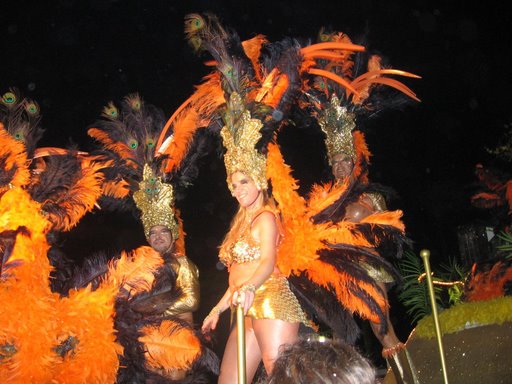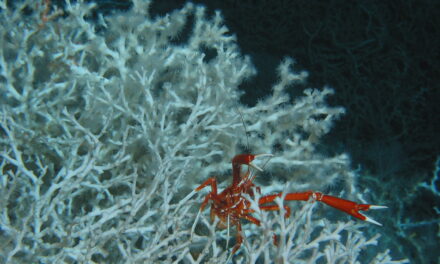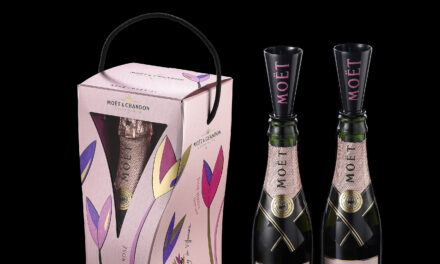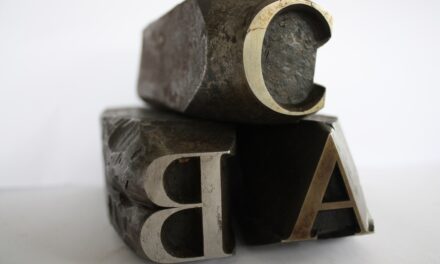
Even carnivals are found in Spain
Six burly black beasts paw the earth with slow powerful strokes. Their piercing gaze penetrates the crowd as the chant “Olé!,” resonates throughout the arena. The costumed toreros drape their red cloth to the ground and the ritual begins. “Olé, Olé!,” the crowd shouts again with excitement and anticipation, fuelling the performers within the ring. The pageantry ensues as the animals charge and thrust their horns, barely missing their intended target. The beasts spin their large frames and once again the bullfighters are caught in a smoldering gaze.
The Spanish capital takes pride in bullfighting, a national heritage and urban cultural past-time. While most Spaniards condemn the practice for its brutality, many Madrileños embrace the event with fervour and pride. The home of the controversy is Plaza de Torros de las Ventas, an immense arena boasting a capacity of 25,000 seats. The acclaimed stadium takes the appearance of a large Roman Coliseum, and hosts the most popular bullfighting festival in the world, the “San Isidro”, which is held annually each June.
Yet the third largest city in the European Union deserves greater credit for preserving its national landmarks. Kings Philip IV and Charles III built the city’s historical palaces, theatres and parks. At Palacio Real de Madrid, Spanish Baroque period portrait artist Diego Velázquez frequented its court under Philip IV, while Spanish Golden Age author Miguel de Cervantes visited its halls at the peak of his literary career as the writer of Don Quixote. However it was at the Teatro Real with its 1850 neo-classical restored Opera House, in which Spain’s most famous painter Salvador Dali presented his surreal metal sculptures.
Architectural conservation extends to a conglomerate of museums at Paseo del Prado. Featuring seven centuries of European art dating back to the twelfth century, the Museo del Prado displays close to 22,000 works including the masterpieces, “Saturn Devouring His Son” and “The Third of May 1808” by romantic Spanish artist Francisco José de Goya. Drawing reference from the French occupation of the city triggering the Spanish War of Independence, his dark and violent paintings are depictions of civil strife. Masterpiece “Las Meninas,” by Velázquez and works by Spanish cubist Pablo Picasso, Italian Renaissance painter Tiziano Vecelli and Flemish Baroque artist Sir Peter Paul Rubens are also worth exploring.
In contrast, the Museo Nacional Centro de Arte Reina Sofia, a former hospital, houses twentieth century contemporary art. Named after Queen Sofia of Spain, the museum has been restored under the royal family’s orders. Picasso, Dalí and Joan Miró haunt its corridors, while German, Dutch and American painters fill the halls of Thyssen-Bornemisza Museum nearby.
The Buen Retiro Park, a much deserved resting spot is a great place to indulge in a ham sandwich after the long hours spent in museums. Since the Madrileños couldn’t get enough of ham, they built the Museo de Jamón located in Plaza Mayor. The museum also serves as a restaurant, where slabs of dried meat are hung from hooks. Quite often, visitors will buy a $400 leg of ham only to have it confiscated at airport security checkpoints. At Mayor however, every café has a leg or two stored behind the bar.
Another plaza worth visiting is Puerta del Sol known as the Sun Gate. Shaped in an oval, the historic heart of the city should be avoided during soccer matches between the city’s official soccer club Real Madrid and its rival FC Barcelona. As fans swarm the streets, they light fireworks and break bottles against one another’s shoulders. But they are careful not to disturb El Oso y El Madroño, the symbol of Madrid. The 20 ton statue depicts a bear standing on its hind legs as it reaches for berries on a tree; symbolizing the city’s fertile soil, while the tree represents its aristocracy.
The equestrian statue of King Carlos III compliments El Oso y El Madroño in its own right. The King looks out on a beautiful eighteenth century red brick building, the Casa de Correos, the city’s main post office. The building is adorned with Madrid’s famous clock tower, where crowds gather annually to welcome the New Year.
As fans empty Sol, flamenco bars begin to sizzle. Stomping feet and clapping hands draw the dancers into a spotlight, and once again spectators are thrust into a passionate ceremony steeped in tradition. Yet outside the Spanish relics cool under a quiet gleaming moon, while somewhere within the walls of Plaza de Torros a workman paces the dirt with a shovel, in search of every last drop of dried blood
The full featured article in RagMag August 2011 (PDF)
[issuu width=550 height=359 pageNumber=144 backgroundColor=%23222222 documentId=110902194512-3f348039d52b4d1c8df22fbf22d31761 name=ragmag_august_2011 username=ragmag tag=anti%20gravity unit=px id=ca34add7-087c-6062-757f-98fe1cda2433 v=2]





